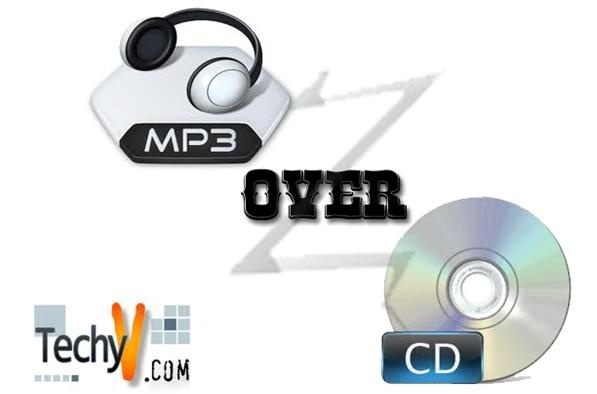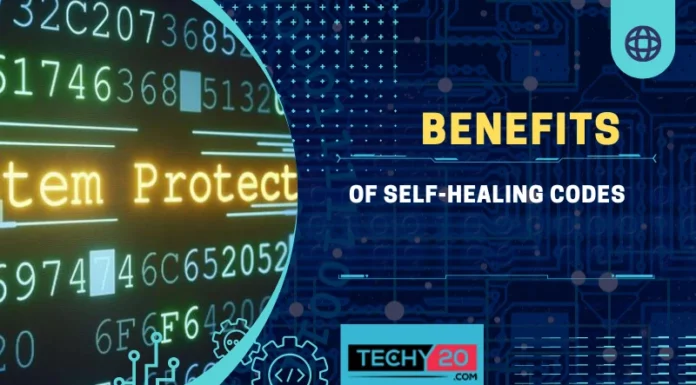Digital Music Files and Compact disks: Can They Continue to Coexist?
Music plays a very important role in the entertainment industry. It permeates every culture and every community worldwide. With the advent of the internet, the recording and sharing of music has changed drastically. Music formats such as the compact disc (or CD) is quickly giving way to digital music file formats such as MP3, WAV, WMA, and AAC. Because of the increased demand, multinational companies and production houses are even built on commercial music. This article will highlight MP3 music files in particular, and why they are fast replacing the compact disc as the music media of choice.

What is MP3? What are the Major Advantages of MP3 Files over CDs?
A MP3 is a system of encoding music files onto a layout that can be played on several different types of media sources. These files offer several advantages over traditional CD’s, the most important of which is their ability to compress several audio files. This presents a huge advantage over the music CD format because the compression of these files allows users to store a larger volume of music than a CD. Another benefit is that with MP3’S, music files can now be uploaded or downloaded via the web. The downside to this capability is that sound quality is sacrificed; however, the majority of music fans these days prefer quantity to quality. It is also very simple to create and distribute MP3 files and other audio formats. Although it is illegal to do so, people can share audio formats via computer easily at no cost. This is commonly referred to as “bootlegging”, and has resulted in billions of dollars’ worth of lost revenue for music companies. This brings us to the advent of digital rights management.
The Impact of DRM (Digital Rights Management) Technology
CD’s must now comply with digital rights management (DRM) rules, therefore most CDs cannot be played on all CD players. Sony BMG launched new DRM technology in 2005, which automatically set up DRM software on personal computers. Interestingly, this software did not plainly notify the user of its presence on the computer, or asked for any confirmation from the user. The installed software included a rootkit, along with other things, to form a strict security that the average user could not utilize.
Sony initially minimized the significance of the vulnerabilities its software had created, however they eventually released several attempts to patch the covertly built-in software to get rid of the rootkit. It is also interesting to note that, even with DRM software, users were still able to copy CDs. Sony’s DRM software had such a focus on the CD playback functionality that it did not fully address the problem of bootlegging.
Final Points
MP3 as well as other digital music files represent a revolution of sorts in the distribution of music. Although they have become the preferred music media, these types of files still manage to coexist with the compact disc in the sharing and storing of music data. Current trends point to the phasing out of CD’s eventually; however, now, it is still possible to enjoy both.

















